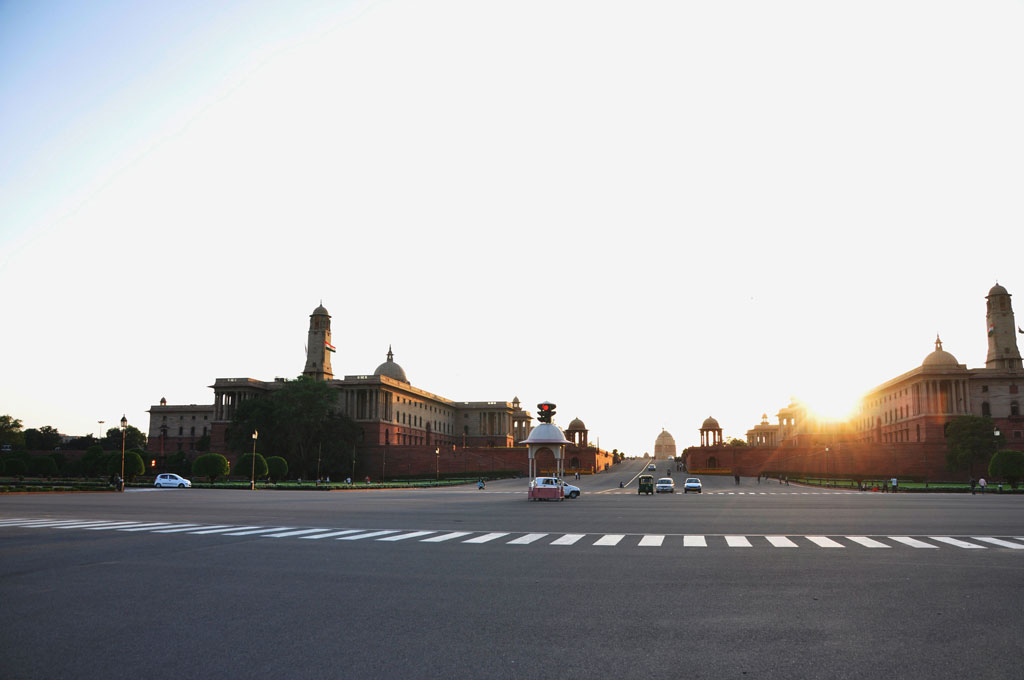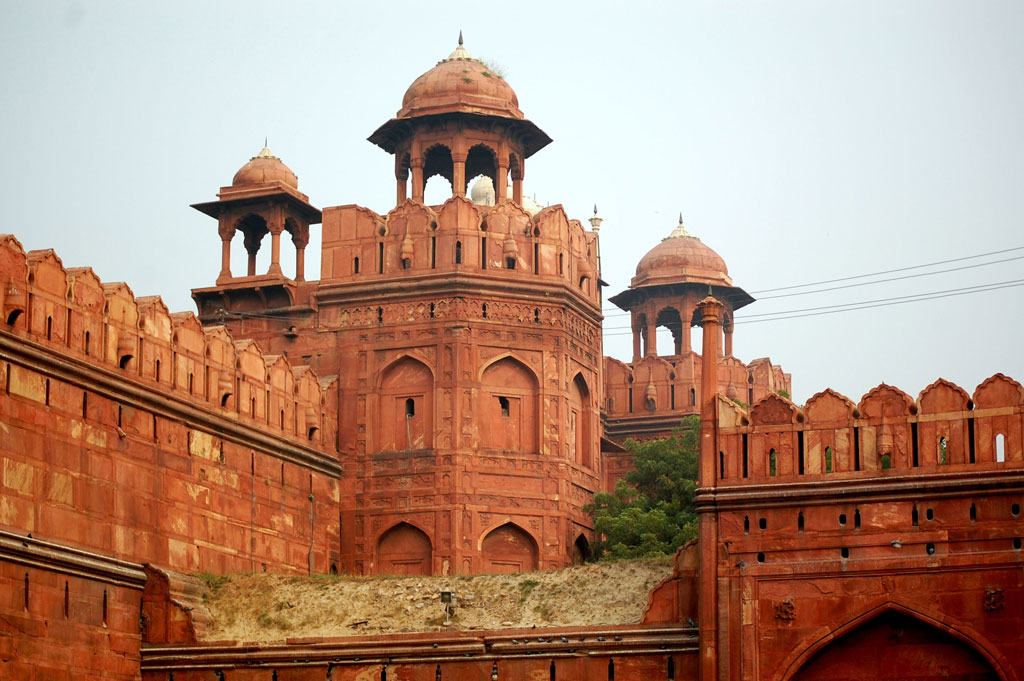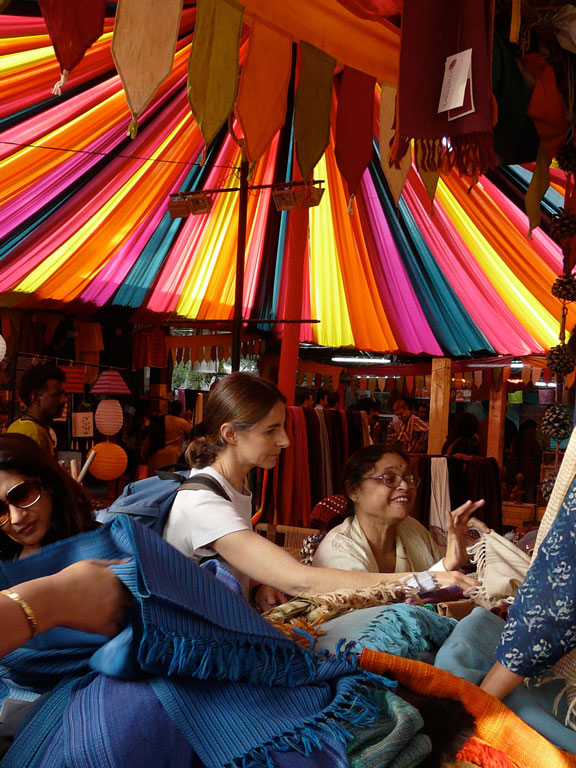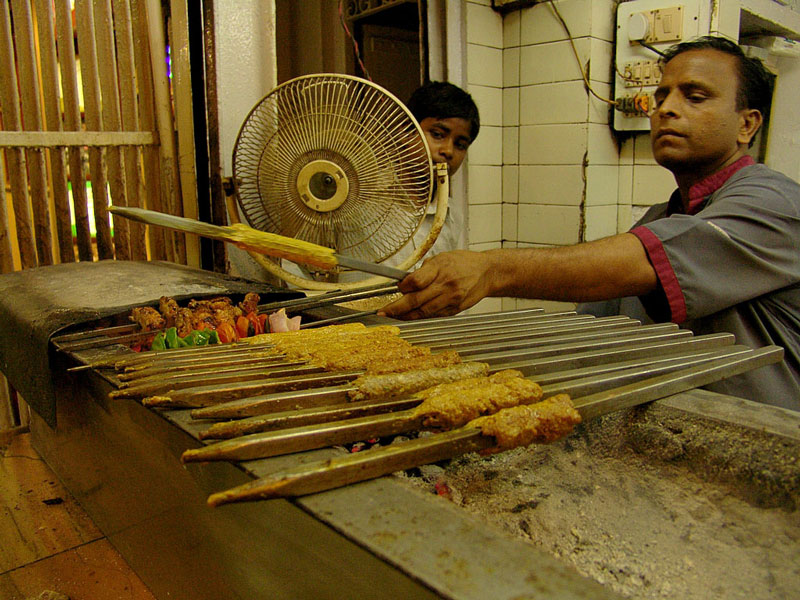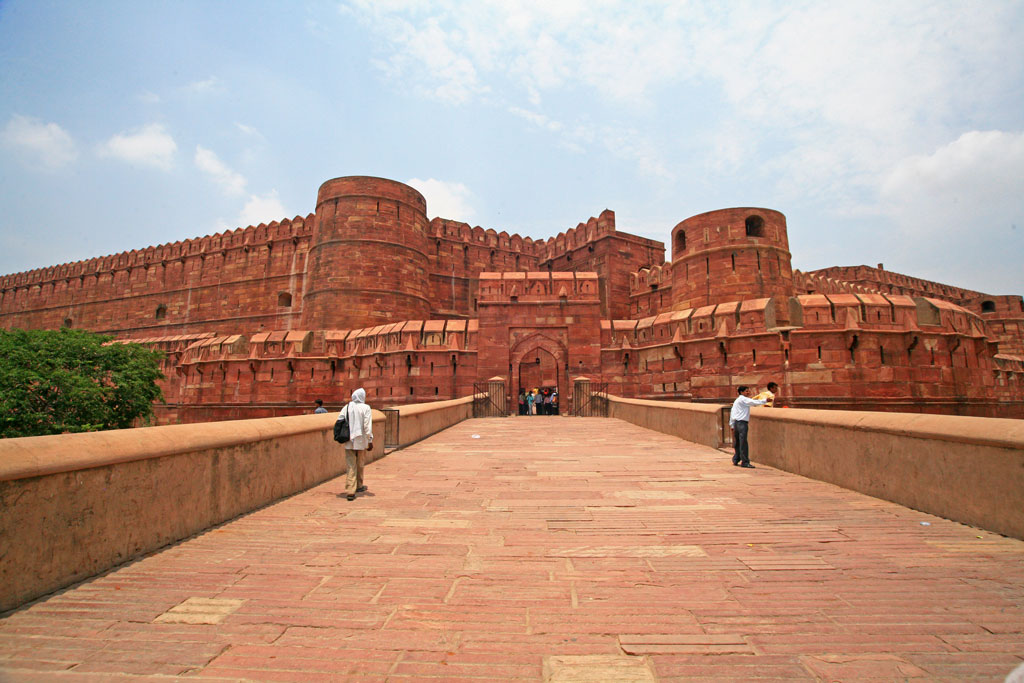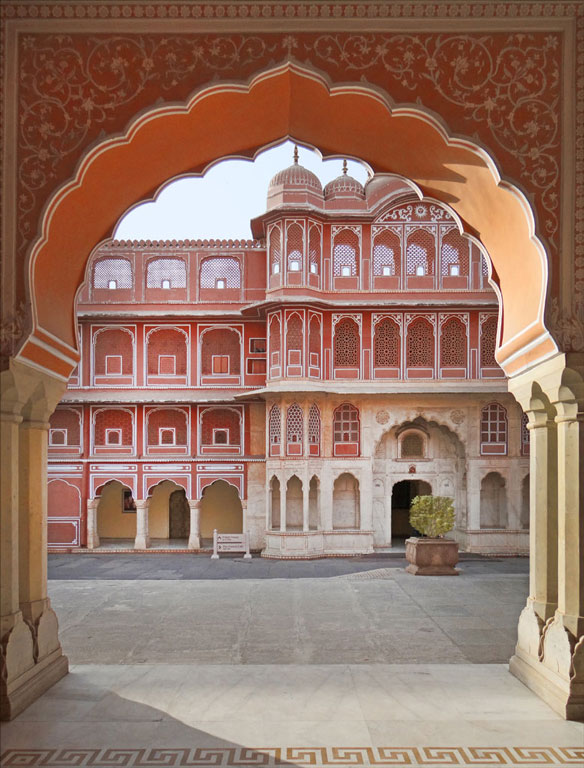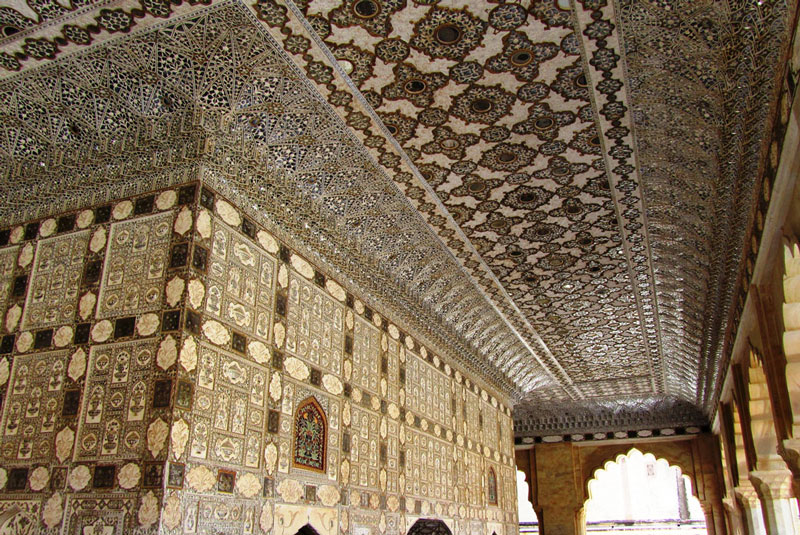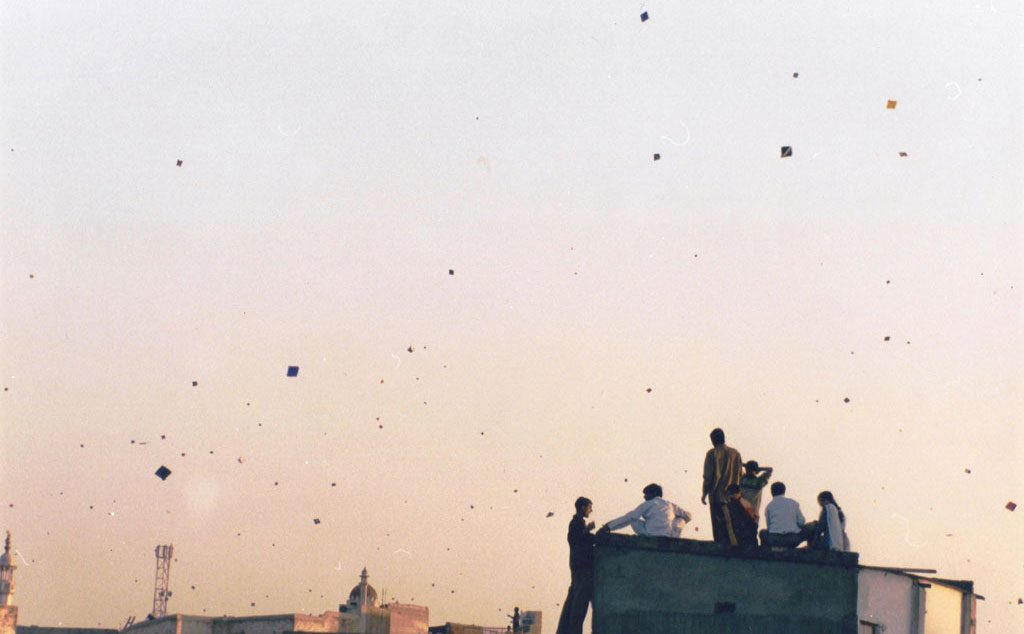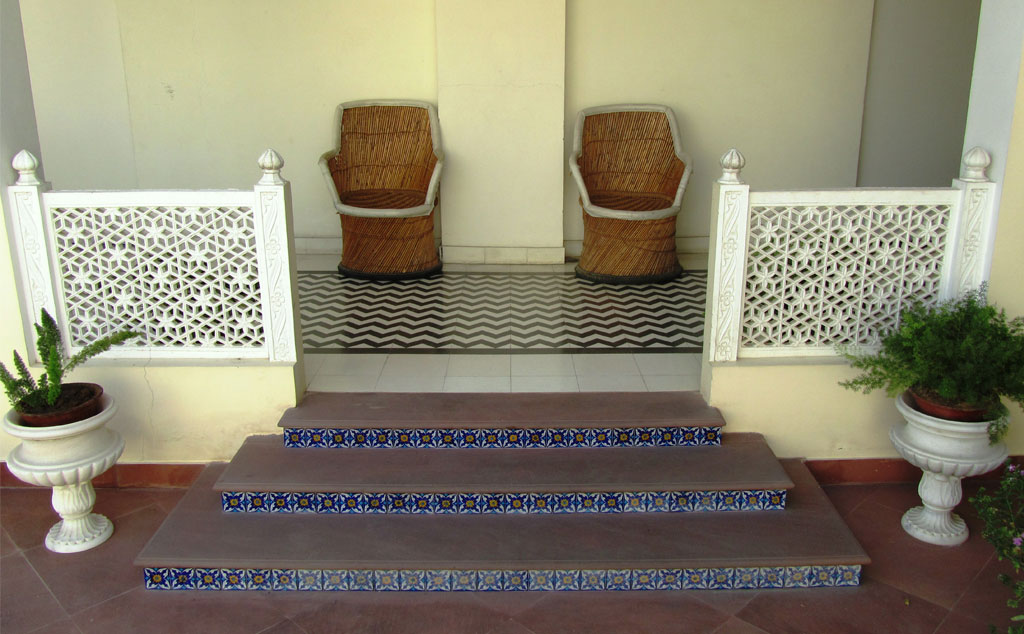Makar Sankranti: Destination Guide
JODHPUR is situated in the centre of the state of Rajasthan and is known as the 'Blue City' as most of the Brahmin houses in the old city around the fort are coloured in blue. The city is famous for its handicrafts and the following visitor attractions.
Mehrangarh Fort
Towering over the city, the Mehrangarh Fort is one of the most impressive and well maintained in the country. The museum here is full of fascinating artifacts and the ramparts offer a panoramic view of Jodhpur.
Umaid Bhawan Palace
The residence of the Jodhpur royal family, a large part of this magnificent palace has been converted into a heritage hotel. About as royal an experience as you can have anywhere in the world.
Jaswant Thada
Close to the Mehrangarh Fort, the Jaswant Thada is a beautiful cenotaph built entirely in white marble.
JAIPUR is known as the 'Pink City' for the ubiquitous pink sandstone used in its architecture. It also has an immensely rich cultural heritage. Visits to the Rajput forts and royal palaces take you back in time and the bazaars provide fantastic shopping opportunities. Colourful block printed textiles, blue pottery and precious stones are a specialty.
City Palace
Located in the heart of the city, the palace now houses a large museum, but it also serves as the residence of the descendants of the royal family. There are a variety of articles on display- silks and brocades worn by the maharajahs and their queens, carpets, paintings, chandeliers, ornate palanquins and fascinating antique weaponry.
Hawa Mahal
With nearly 1,000 latticed windows, the five-storied Hawa Mahal or ‘Palace of Winds’ was built to allow women of the royal family to observe the proceedings in the street below, without being seen themselves. They would sit behind the carved stone screens which let in the breeze and at the same time permitted them to observe the practice of ‘purdah’.
Jantar Mantar
An astronomical observatory built by Maharaja Jai Singh II, the founder of Jaipur, between 1727-1734. The ‘instruments’ are actually huge structures built of stone and marble and are quite remarkable for their accuracy in measuring time, tracking the locations of stars, predicting eclipses, and so on. Let your guide walk you through this place for your lesson in ancient astronomy.
Note: The above three places are all within walking distance of each other.
Amber Fort
About 11 km outside the city is the beautiful Amber Fort, most notable for its artistic style which integrates both Hindu and Mughal elements of architecture and decoration. An elephant ride takes you up to the fort (you could always choose to go by car), the rugged exterior of which is in marked contrast to its lavish interior. The walls are covered with paintings, carvings and stunning ornamentation. There’s also a good sound and light show in the evenings.
Jaigarh Fort
Is located at the top of the same hill, connected to the Amber Fort by passages through the hillside. Jaigarh houses the massive Jaivana cannon- the world’s largest cannon on wheels, weighing in at 50 tons, with a 20 foot barrel. It also has a commanding view of the surrounding Aravalli hills. A very safe place to entrench yourself from an enemy attack... or a zombie invasion!
Nahargarh Fort
Provides a breathtaking view, overlooking the pink city of Jaipur. While the Amber Fort is the most popular and also in the best condition, the partial ruins of Nahargarh offer tranquility to those looking for some time alone.
Galtaji Temple
Off the tourist track, 10 km from the city, lies the Galtaji temple complex. These 18th century temples are built in the hillside and are a destination for pilgrims because the natural springs around the temple are considered holy.
Sisodia Rani ka Bagh
Which means ‘the garden of the Sisodia queen’ is located close to Galtaji, outside the city of Jaipur. Have a royal sprawl around the fountains, painted galleries and tiered gardens built by Sawai Jai Singh for one of his queens.
RELATED TOURS
“special interest tours”





